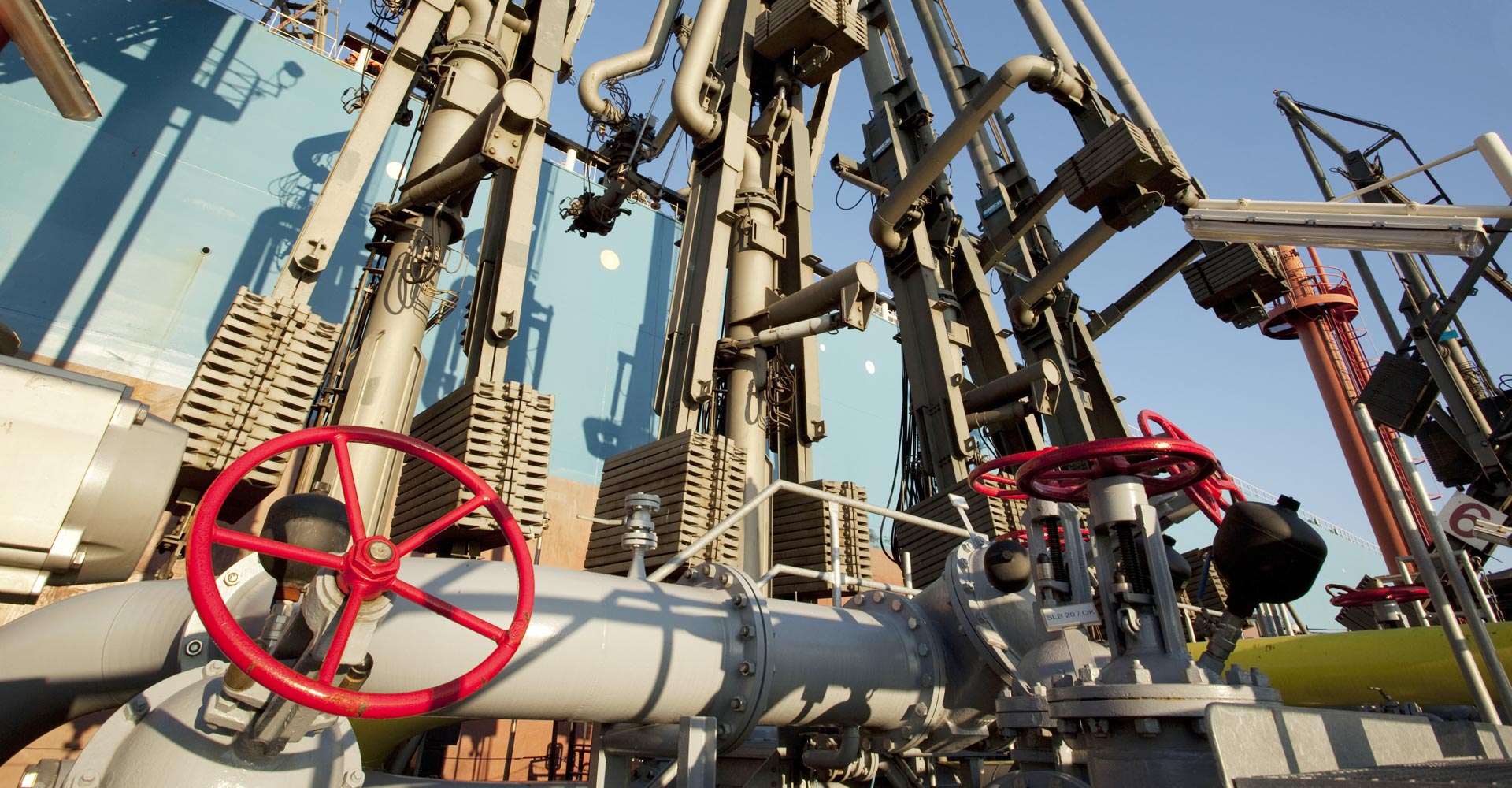Inorganic Chemicals
Chemicals are all chemical compounds produced by chemical processes in the lab or industrially. They can be pure substances or mixtures of substances. Chemicals are divided into organic and inorganic chemicals. Organic chemistry covers practically all the carbon-containing compounds, while inorganic chemistry (inorganic matter) relates to the other elements of the periodic table and their compounds. So inorganic chemistry deals with the structure and properties of carbon-free compounds, with the exception of a few simple carbon compounds that are constructed like typical inorganic substances or that are attributed to inorganic chemistry for historical reasons. Inorganic chemicals include acids and bases (the most important are sulfuric acid, hydrochloric acid, nitric acid, phosphoric acid, caustic soda and ammonia), metals, salts and minerals. Various inorganic transformations are also related to the formation of gases. Elemental carbon (graphite, diamond) and some carbon compounds such as carbon dioxide, carbon monoxide, carbonic acid, and the carbides are also attributed to inorganic chemistry
The naming of inorganic compounds is regulated by the International Union of Pure and Applied Chemistry (IUPAC) rules and is set out in its “Red Book” (organic compounds are listed in the “Blue Book”).
While in the past inorganic chemistry dealt with materials that are not produced by organic life, the division between inorganic and organic chemistry has been fluid since Friedrich Wöhler first succeeded in synthesizing urea in 1828. He created the bodily chemical urea out of inorganic material. Today, modern chemistry laboratories can produce almost any organic substance (total synthesis). However, a distinction is still useful because the reaction mechanisms and material structures differ in inorganic and organic chemistry.
When various inorganic substances chemically react with each other, they form substances with new properties, such as salts. Typical reactions between inorganic materials are redox reactions (transfer of electrons) or acid-alkaline reactions (transfer of protons). Especially at higher temperatures, inorganic compounds can disintegrate through gases escaping, such as in lime-burning (calcination), where carbon dioxide escapes from calcium carbonate, leaving calcium oxide as a residue.
While organic chemistry has identified about 19 million known carbon compounds, inorganic chemistry comprises only about 500,000 known compounds. Nevertheless, inorganic compounds produce great economic benefits. The production of metals, ceramics, cement and lime has a long tradition. In recent decades, for example, silicon compounds have gained importance. They form the basis for the modern semiconductor industry. Inorganic chemistry is also of great importance for many other industries. In the chemical industry, for example, chlorine, caustic soda, sulfuric acid and ammonia are important basic chemicals.
Depending on the properties of substances or chemicals, they must be accordingly classified, labeled and packaged. Likewise, the chemical compatibility – i.e. how various chemicals will react with each other – must be considered in their storage; see detailed comments under Chemicals.
Oiltanking and its tank terminals provide comprehensive logistics solutions for the storage and handling of petroleum products, chemicals, gases and other products.
Status: December 2015
All information subject to change. Errors and omissions excepted.

